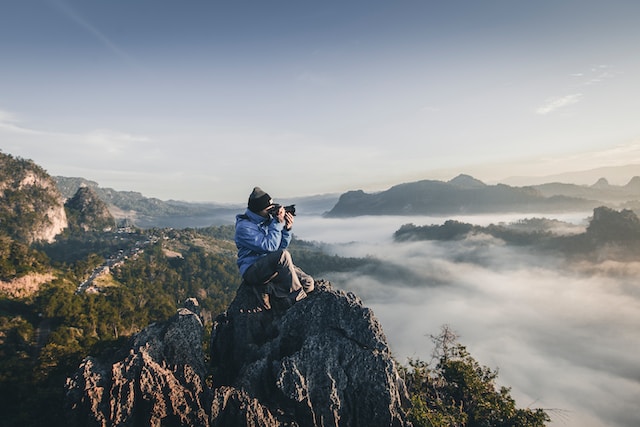
Landscape photography transcends cultural barriers and language barriers, speaking to our shared human experience and our deep-rooted connection to the Earth. Yet, as we venture to freeze unforgettable moments in time through our lenses, it becomes vital to evoke a sense of responsibility and ethical conduct. In the pursuit of capturing the beauty of landscapes, we must remember that we are visitors in these wild places, mere observers allowed access to their splendor.
The ethical practice of landscape photography calls upon us to respect and protect the very subjects that inspire us. It is not only about producing aesthetically pleasing images but also about fostering a sustainable future for the landscapes we adore. With a deep appreciation for the environment, we can bridge the gap between artistry and advocacy, promoting preservation and change through our visual storytelling.
Respecting Nature and Ecosystems
In our quest to capture the grandeur of landscapes, we must remember that nature is more than just a backdrop for our photographs. It is a complex web of interconnected ecosystems, each playing a crucial role in maintaining the delicate balance of life on Earth. As landscape photographers, it is our duty to tread lightly and ensure that our presence does not harm or disrupt these ecosystems. By adhering to ethical guidelines, we can minimize our impact and advocate for the preservation of these invaluable natural habitats.
Leave No Trace
When venturing into pristine landscapes, it is essential to practice the principles of Leave No Trace. This means leaving nature as we found it, without leaving any trace of our visit behind. Some key principles to follow include:
- Pack out what you pack in: Ensure that you carry out all your trash, including food waste, packaging, and non-biodegradable items. Leave the landscape unspoiled for others to enjoy.
- Stay on designated trails: Straying off established paths can trample fragile vegetation, disturb wildlife, and cause irreversible damage. Stick to designated trails and respect any barriers or signs indicating restricted areas.
- Avoid damaging flora and fauna: Be mindful of the delicate balance of the ecosystem. Refrain from picking flowers, disturbing wildlife, or removing any natural elements from their environment.
Preserve the Integrity of the Landscape
While it may be tempting to enhance the visual appeal of a photograph by rearranging elements or adding props, it is crucial to preserve the integrity of the landscape. Striving for authenticity and honesty in our images not only maintains the artistic integrity of our craft but also promotes the true appreciation of nature. To achieve this:
- Don’t alter natural features: Avoid moving rocks, branches, or other elements in the landscape to create a more picturesque scene. These alterations can disrupt natural processes and undermine the genuine beauty of the environment.
- Refrain from excessive editing: While post-processing is an integral part of landscape photography, excessive editing that significantly alters the original scene can misrepresent the reality of the place. Aim for a balanced approach that enhances the image without distorting its essence.
Be Mindful of Wildlife
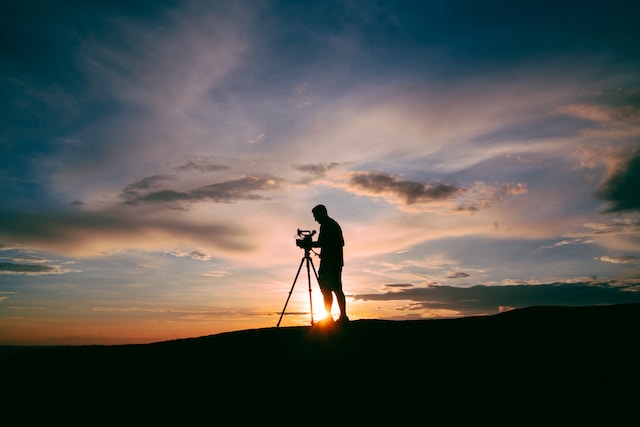
Wildlife is an integral part of many landscapes, and capturing their beauty can be a rewarding experience. However, it is essential to prioritize their well-being and observe landscape photography ethics when photographing wildlife:
- Maintain a respectful distance: It pays to have the right equipment and tools when shooting in the wild. Use long lenses or telephoto lenses to capture close-up shots without approaching or disturbing animals in their natural habitat. Respect their space and observe from afar to prevent stress or harm.
- Avoid disturbing nesting sites: During breeding seasons, be aware of nesting sites and avoid approaching or photographing in a way that may disturb or endanger the animals or their young ones.
- Do not bait or manipulate wildlife: Resist the temptation to lure or feed wildlife for better photo opportunities. Such practices can disrupt their natural behavior, create dependency, and even harm their health.
Cultural and Historical Sensitivity
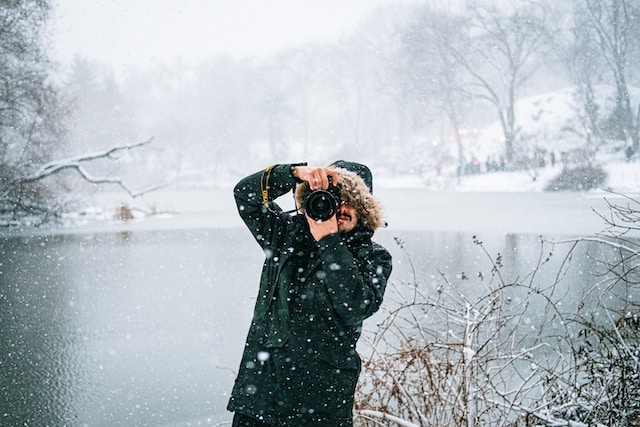
Just as landscapes hold ecological significance, they also bear cultural and historical significance. Each place has a story to tell, shaped by the people who have inhabited it over the centuries.
As landscape photographers, it is essential to approach these sites with cultural sensitivity, honoring the heritage and narratives embedded within them. By doing so, we can capture not only the physical beauty of a landscape but also its essence and the stories it holds.
Research and Preparation
Before embarking on a photography expedition, take the time to research and understand the cultural and historical significance of the landscape you plan to visit. This knowledge will enrich your experience and enable you to capture images with depth and meaning. Consider the following landscape photography ethics:
- Cultural Significance: Learn about the indigenous peoples, local communities, or cultural practices associated with the landscape. This understanding will allow you to approach the photography process with respect and avoid inadvertently disrespecting any sacred or sensitive sites.
- Historical Context: Familiarize yourself with the historical events, landmarks, or architectural treasures connected to the landscape. Understanding the historical context will enable you to capture images that highlight the interplay between nature and human history, showcasing the passage of time.
Respect Local Customs and Traditions
When visiting a landscape, it is crucial to respect the customs and traditions of the local community. This includes being aware of any guidelines or protocols that may govern photography in certain locations. Some considerations to keep in mind:
- Dress Appropriately: In culturally or religiously significant areas, dress modestly and respect any specific clothing requirements or guidelines. Adapting to local customs ensures that your presence is perceived as respectful and fosters a positive relationship between photographers and local communities.
- Seek Permission: In some instances, seeking permission from local authorities, landowners, or community representatives may be necessary before photographing certain sites or engaging with the local community. This gesture not only shows respect but also allows for meaningful interaction and the sharing of stories.
Tell Stories with Integrity:
Landscape photography has the power to depict cultural heritage and historical significance. It is essential to approach these subjects with integrity and capture them in a way that does justice to their narrative.
- Contextualize the Landscape: When photographing a culturally significant landscape, landscape photography ethics dictates that you must consider including elements that provide context and tell a broader story. This could be through the inclusion of local people, artifacts, or cultural practices that showcase the deep connection between the land and its inhabitants.
- Document Traditions and Festivals: Incorporating local celebrations, festivals, or traditional events into your photographic storytelling can provide a glimpse into the living culture of the area. Respectfully capture the spirit and vitality of these events, highlighting their role in preserving cultural heritage.
Documenting Environmental Changes
As landscape photographers, we have a unique opportunity to witness and document the impact of climate change and human activities on our natural surroundings. By capturing these changes, we can raise awareness and advocate for the protection of our planet. Here are some key landscape photography ethics when documenting environmental changes:
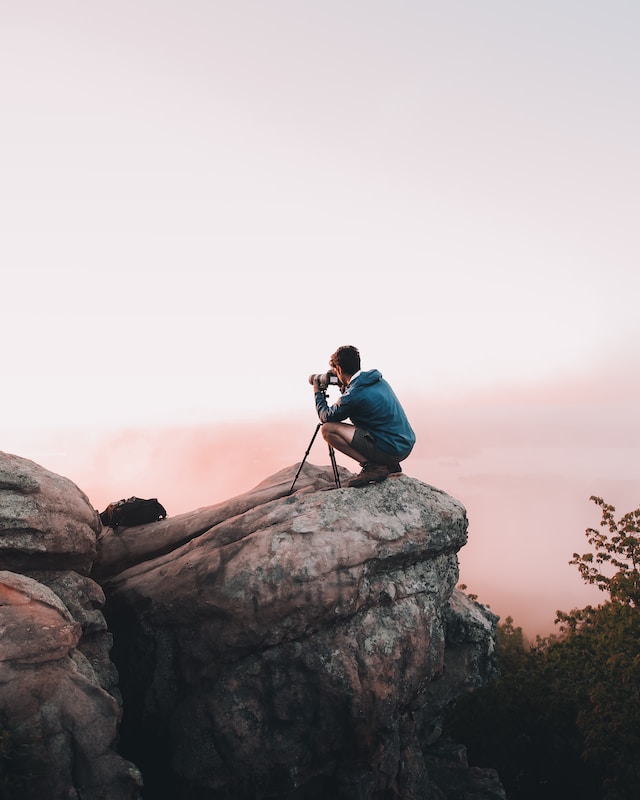
Choosing Subjects
Select landscapes that showcase the effects of environmental change in a compelling and visual manner. Look for areas where erosion, melting glaciers, deforestation, or pollution are visibly evident. By focusing on these subjects, we can communicate the urgency and importance of addressing these issues.
Long-Term Projects
Consider undertaking long-term photography projects to document the gradual changes in a particular landscape. By revisiting the same location over months or years, you can capture the subtle shifts and transformations that would otherwise go unnoticed.
Capturing Before and After
By taking photographs of the same location in different seasons or years, you can create powerful visual comparisons that highlight the environmental changes. Present these images side by side or in a series to emphasize the impact.
Research and Context
Before embarking on a project to document environmental changes, conduct thorough research to understand the specific factors contributing to these changes in the chosen landscape. This knowledge will add depth and context to your photographic work and allow you to communicate the story effectively.
Collaboration and Data
Consider collaborating with scientists, researchers, or environmental organizations to add scientific context to your photographs. By incorporating data and experts’ insights into your storytelling, you can create a more comprehensive narrative that resonates with viewers on both emotional and intellectual levels.
Visualizing Solutions
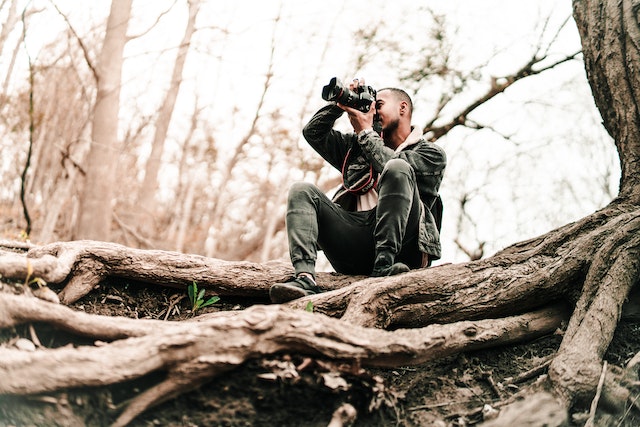
While it is important to document and raise awareness about environmental challenges, it is equally crucial to showcase the solutions and positive changes. Highlight initiatives, sustainable practices, and conservation efforts that are making a difference. By focusing on these stories, we can inspire others to take action.
Landscape photography ethics extend beyond the actions we take in the field. They encompass how we share and promote our work, and the impact it has on both the environment and the audience. By adhering to ethical guidelines, we can promote a deeper understanding and appreciation of landscapes while preserving their integrity for future generations to enjoy. Let our photographs serve as visual testimonies, not only capturing moments of beauty but also as catalysts for positive change.